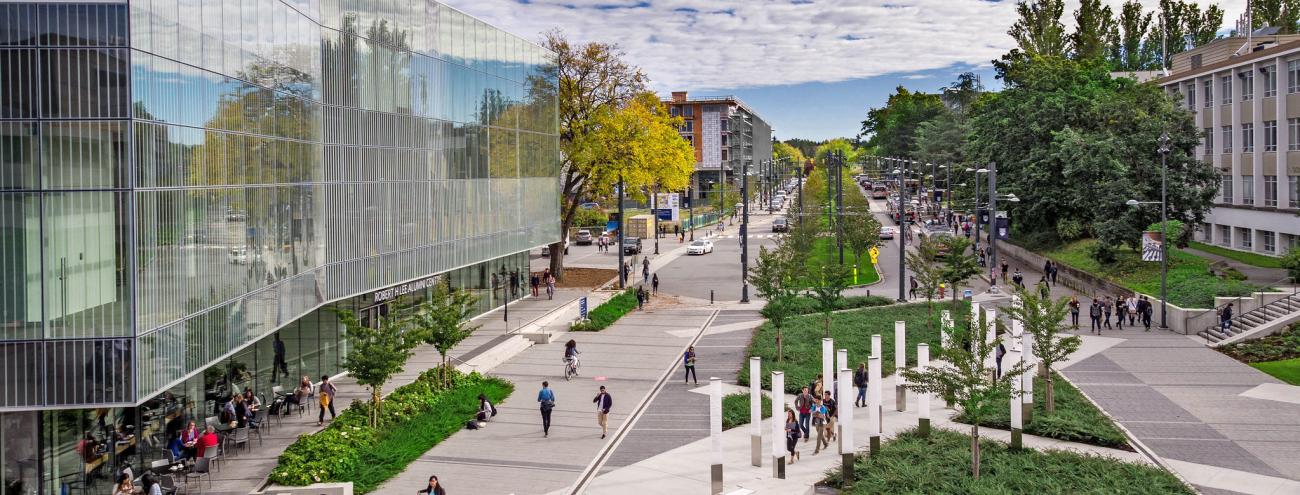
Interview: Dr. Juli Carrillo, Daphne Chevalier, and Pierre Girod
Profile of a new living labs project by Dr. Juli Carrillo, Assistant Professor at the Faculty of Land and Food Systems, supported by Daphne Chevalier, Masters of Science student in the Plant Science program and Pierre Girod, Postdoctoral Fellow. We asked them about their insect detection project, and hopes for applied outcomes in the future.
The digital detection web for on-campus insects is part of a bigger project, which started before the CLL competition. The overall project evolved from Dr. Quentin Geissman’s research, which focused on understanding the circadian rhythms of insects to manage insect pests.
“This is especially important for growers, since it allows them to spray pesticides during the right time of the day, namely when insects are there” explains Dr. Juli Carrillo, Assistant Professor at the Centre for Sustainable Food Systems and project lead. “The first monitoring device developed by Quentin was created using a 3D printer and glue and we tested it in my backyard.” Over time, the research team started scanning for insects and training a dataset for machine learning that could identify insects on its own.
Daphne Chevalier, a master's student studying the effects of artificial light on insects, joined the project later. “Finding how artificial light at night influences insect communities and insect circadian rhythms is extremely important in urban agro-ecosystems,” says Daphne, “and this project has been extremely gratifying, especially in terms of community involvement.” In fact, the project team carefully documents the project, making sure that the code and protocols used are open-source and available for others to use. Furthermore, they are planning on organizing more outreach events in the coming fall.
“There have been many challenges, for sure” mentions Juli “due to supply chain disruptions, there has been a Raspberry Pi shortage, which means we were able to build fewer monitoring devices”. “And it’s not just the Raspberry Pis,” adds Daphne. “I’m still working on finding ultrasonic microphones. This has led us to become more creative, for example by borrowing some of this equipment.”
The team also describes issues related to the insect traps. In fact, big insects often escape, while some insects get eaten by birds and other animals, which inevitably leads to some taxonomic bias in the findings. Furthermore, there are ethical concerns related to animal welfare, which leads the team to reconsider the way they identify insects.
When it comes to studying the effect of artificial light on insects, the challenge has been finding dark places on the UBC campus. “I was shocked to find that UBC at night was unbelievably bright” explains Daphne. “Insects and birds need dark spaces for key aspects of their behaviour. For instance, a lot of insects send minuscule bioluminescent signals to one another for reproduction.”
Team members hope that their study will have implications on municipal and industrial lighting, which are relatively unregulated.
“We also hope to create a sort of map using our cameras” adds Pierre Girod, a postdoctoral researcher involved in the project. “This would help to inform the wider agricultural community, but also to track new potentially invasive species.”